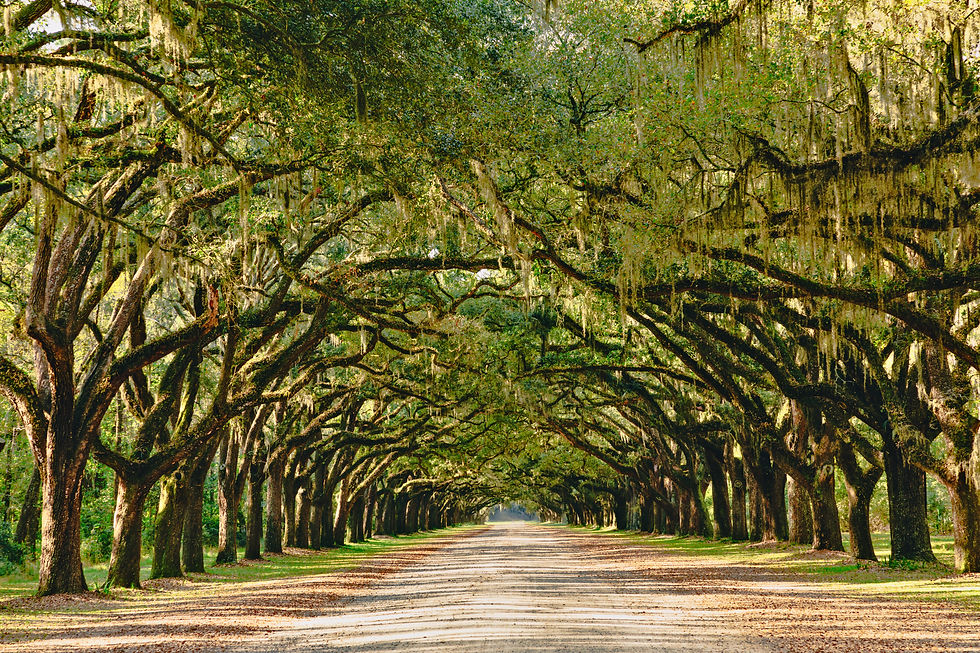
John Hawley
Nov 12, 2024
Recent research on oak trees suggests that elevated CO₂ levels can boost wood production in nutrient-rich forests. Further research is needed to understand the broader impacts of elevated CO₂ on various forest ecosystems.
Recent research published in the Journal of Nature by scientists at the University of Birmingham has shed light on the effects of elevated carbon dioxide (CO₂) levels on oak trees. This large-scale study in the Staffordshire, England, oak forest revealed that trees exposed to increased CO₂ produced higher-than-average wood production.
Understanding the Science
Photosynthesis plays a critical role in plant growth by capturing atmospheric carbon. While it is established that higher CO₂ levels can stimulate plant growth, the effects on mature forests have not been thoroughly understood. For instance, previous studies of an Australian eucalyptus forest found no significant relationship between CO₂ and tree growth, prompting questions about the broader applicability of these findings.
The Influence of Nutrient Availability
The differences observed between the oak and eucalyptus studies highlight the critical role of nutrient availability in forest responses to CO₂ levels. Limited phosphorus hampered tree growth despite elevated CO₂ in the Australian eucalyptus forest. Conversely, the oak forest maintained sufficient nutrients to support increased wood production, indicating that a forest's specific nutrient conditions can significantly affect its response to rising CO₂.
In contrast, the research on oak trees offers strong evidence that elevated CO₂ can promote better wood production among some tree species in specific forest ecosystems. This discovery is significant because it indicates that some forests may have the capacity to sequester higher levels of carbon, helping to mitigate the effects of climate change.
Limitations of Woody Growth as a Climate Solution
Despite these encouraging findings, increased tree growth and the associated wood production alone are not a cure-all for climate change. The larger trees of old-growth forest ecosystems sequester higher levels of CO₂ than managed timber forests. As wood decomposes, it releases the stored carbon back into the atmosphere.
Future Research and Global Implications
Further research is necessary to understand how various forest ecosystems react to elevated levels of CO₂. Scientists are expanding their experiments to different forest ecosystems, such as the Amazon rainforest, to explore the broader ramifications of elevated CO₂ levels. By examining diverse forest types, researchers aim to pinpoint potential vulnerabilities and identify opportunities for enhanced carbon sequestration.

